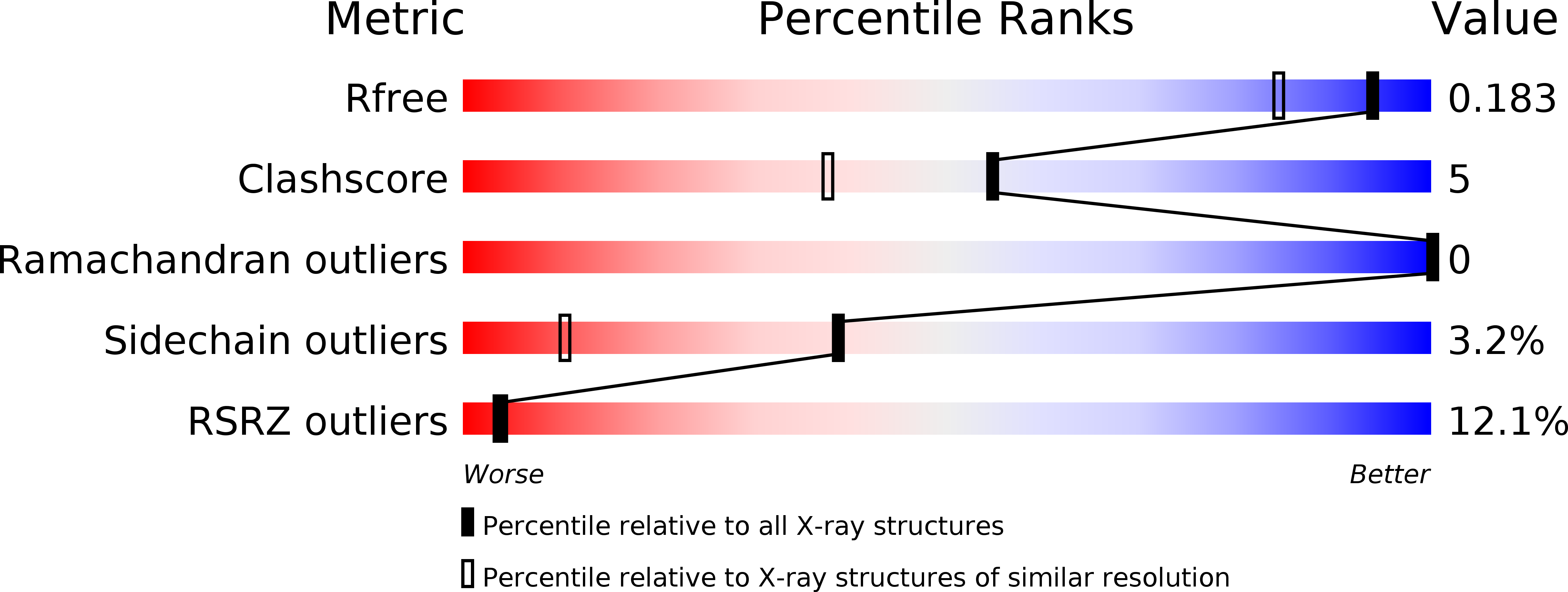
Deposition Date
2007-06-04
Release Date
2008-01-08
Last Version Date
2023-12-13
Entry Detail
PDB ID:
2V2B
Keywords:
Title:
L-RHAMNULOSE-1-PHOSPHATE ALDOLASE FROM ESCHERICHIA COLI (MUTANT E117S- E192A-K248G-R253A-E254A)
Biological Source:
Source Organism:
ESCHERICHIA COLI (Taxon ID: 562)
Host Organism:
Method Details:
Experimental Method:
Resolution:
1.50 Å
R-Value Free:
0.18
R-Value Work:
0.16
R-Value Observed:
0.16
Space Group:
I 4


